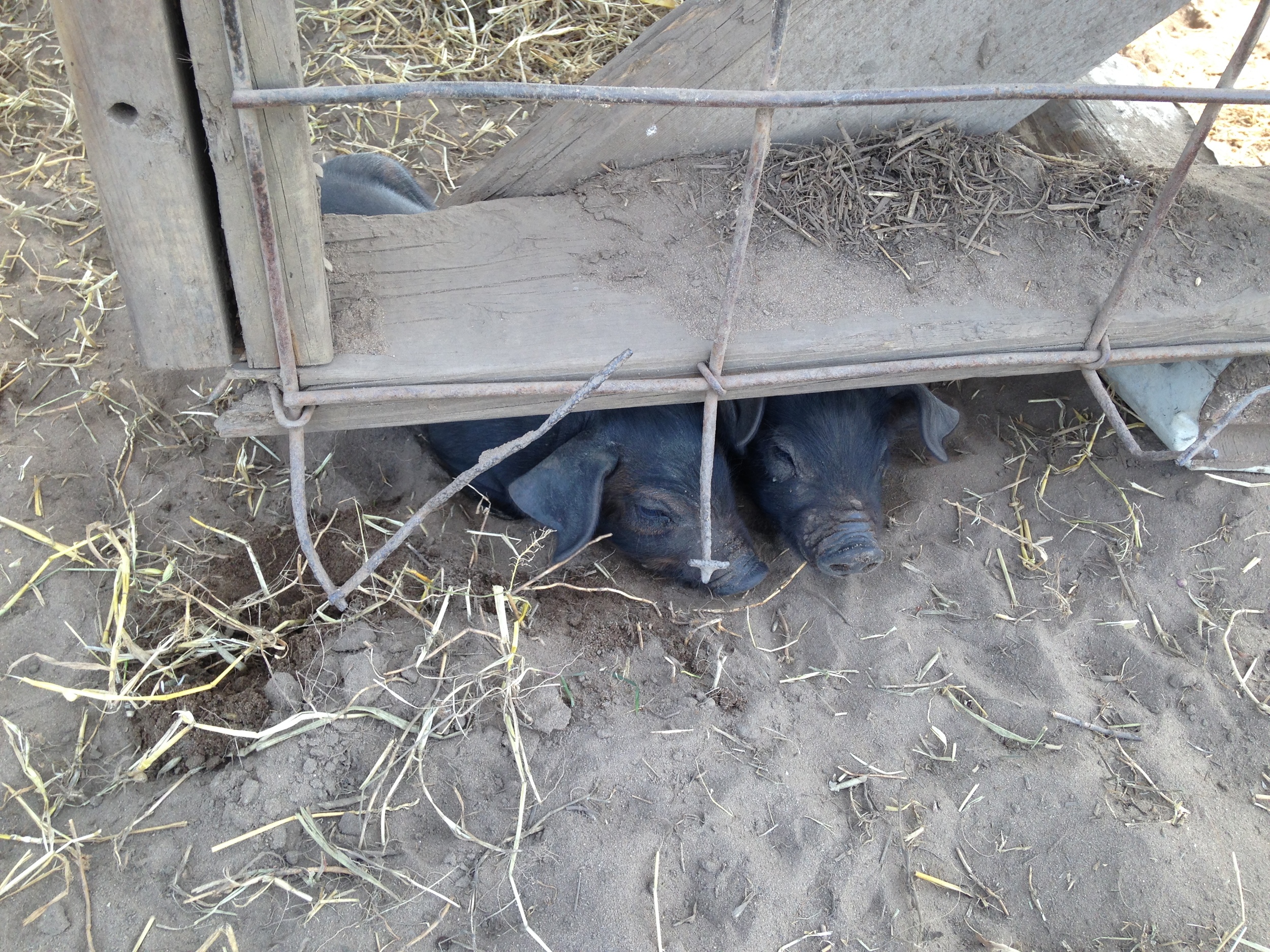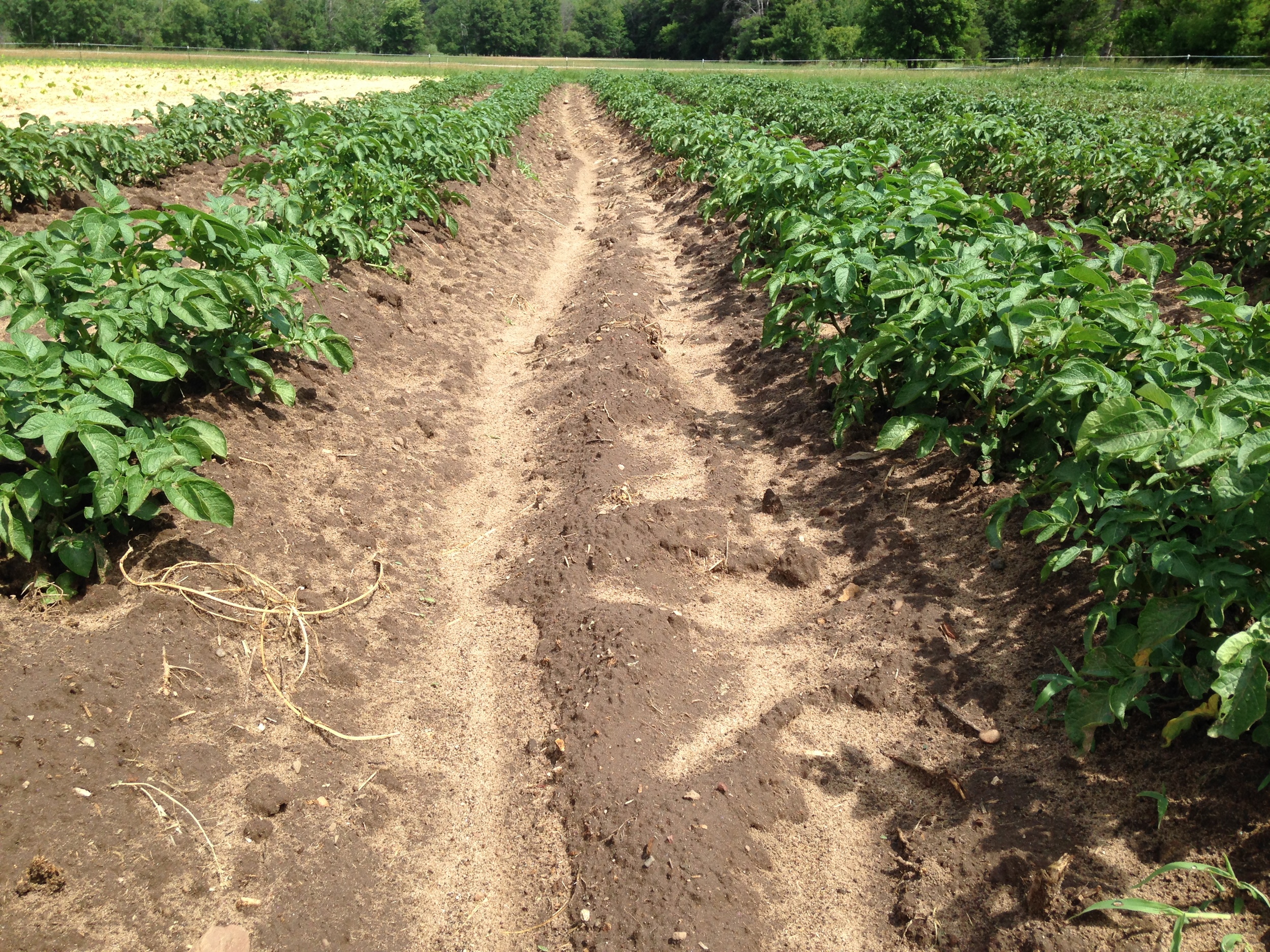Besides our usual pattern of harvests, and a brief heat wave, the big story this week is that we harvested our garlic. There’s something very gratifying about harvesting a crop that’s been in the ground since last year. Those little cloves were in the ground starting to grow last October, so they’ve survived from lots of degrees below zero during a very cold winter and mercury approaching 100 just earlier this week. I’ve been slowly making my way through Ron L Engeland’s Growing Great Garlic, and I was insufferable all week quoting “that dude.” Garlic just out of the ground is green garlic, but has to be cured in a warm, dry, airy place for a few weeks before it’s the garlic we know and love. We haven’t quite gotten to the stage where we hang all the thousands of heads of garlic up to cure, but we did take the time to choose the heads to hold back for next year’s seed. “That dude” says that using the very biggest bulbs for seed results in an inconsistent harvest - some very large bulbs and some very small ones. He recommends planting bulbs averaging 2-2.5 inches, which results in a more uniform bulb size at harvest. Mat and I spent about an hour selecting, bunching, and hanging up the seed, which according to him is the most intentional they’ve ever been about it. This time next year we’ll see whether “that dude’s” advice worked in our case.
This week also brought a bumper crop of basil, which when combined with the garlic we just harvested screams out for some pesto-making. Perhaps because our tomatoes haven’t been coming in strong yet, we hadn’t really been selling much basil at the markets, which didn’t really make us eager to harvest all of the basil we needed to to keep the plants from flowering too early. So I had the idea that we sell pesto-making kits with a recipe included. We packed large bags of basil, banded them and attached a head of garlic and the rolled-up recipe. We ended up selling much more basil at the market than we otherwise would have, and I think our customers really got excited about it. It’s this kind of never-ending problem-solving that keeps farming interesting season after season, I think.
Thinking about: old friends, different paths, the right tool for the job
Eating: green garlic, homemade pesto, new potatoes, zucchini, wedding cake!
Reading: Roberto Bolano’s 2666, Michael Phillips’ The Holistic Orchard, Dave Jacke & Eric Toensmeier’s Edible Forest Gardens, Ron L Engeland’s Growing Great Garlic, RJ Garner’s The Grafter’s Handbook

















































